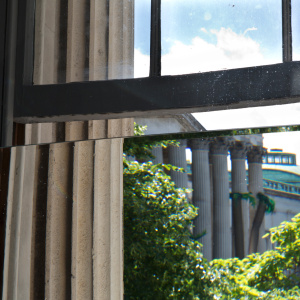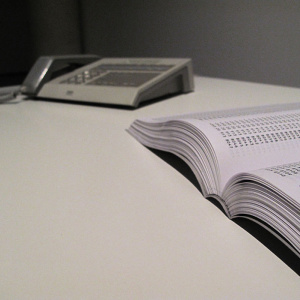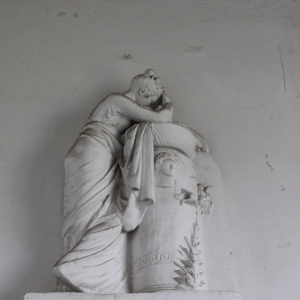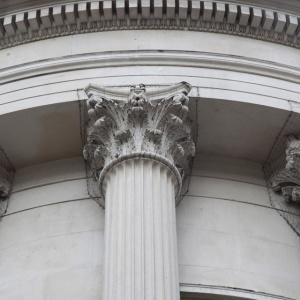About the Slade
At the Slade School of Fine Art we approach the practice of contemporary art and the history and theories that inform it in an experimental, research-oriented and imaginative way. An art school with a world leading reputation, the Slade makes a significant contribution to the field of contemporary art both nationally and internationally.



